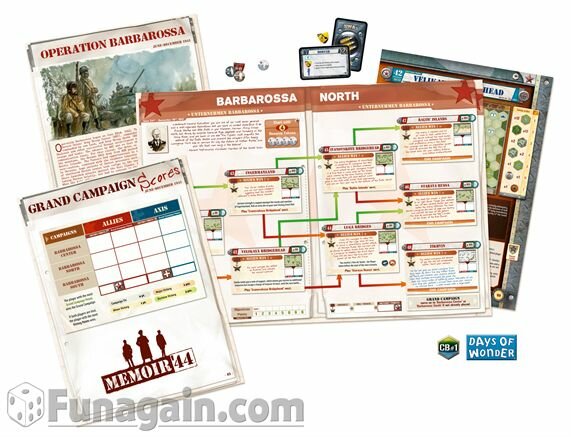Post by: Grant Rodiek
Today is November 1, 2013, which means people are beginning National Novel Writing Month, National Game Design Month, and prepping for turkey festivities (in the states, at least). The premise for these is that you’ll write a novel or design a game in the month of November. You’ll be encouraged and pushed by your friends and peers, who are also doing it, and you’ll just get your feet wet.
I think this is cool, mostly. But, I want to share three really good blog posts from people I very much respect that point out why it’s not all sweet, sweet Halloween candy.
- How to Fix National Game Design Month by Gil Hova
- Just Say No to NaNoWriMo by Sarah Rodriguez Pratt
- Writing: Find the Time or Don’t by John Scalzi
You should really read all of these. They’re all short and make really good points. Sarah compares this month to a New Year’s Resolution. How many people actually go on to lose weight? And Scalzi very pointedly notes you either want to write, or you don’t, both of which are fine, but don’t confuse yourself or others.
It’s dangerous to dissuade creativity or sit on a throne of superiority and tell others they aren’t good enough, or aren’t hardcore enough. That’s not what any of these people are saying, nor is it something I espouse.
Here is the point I’m trying to make: If you want to be creative, you should be creative. Realize that you are unlikely to get published, especially quickly. It takes time to learn what you are doing, time to get good, and time to network with the people who will want to work with you. You also need to be a little lucky. While this time is passing by, be actively creative.
Use NaNoWriMo or NaGaDeMon to kickstart your creative lifestyle. Use them as jump off points to begin your craft, but do so with no firm expectations of completion or quality. Just get started and join the rest of us in this awful creative struggle we choose to inflict upon ourselves.
Being actively creative doesn’t mean you go home and write rules every night, or that you go home and fill a white board with ideas. It doesn’t mean you tune 60 cards every night. I try to work on game design most days of the week, but doing so, for me, entails:
- Brainstorming while walking my dog or running errands.
- Listening to podcasts on my commute from experts to gain inspiration.
- Reading novels and works of history for inspiration and research.
- Using Photoshop to build cards, boards, and other elements of my games.
- Arts and crafts! Cutting, sketching, gluing, and taping my games together.
- Rules writing and editing, both useful, and both use different parts of my mind.
- Game testing.
- Blogging about my games.
- Game iteration based on testing or other desires.
- Painting miniatures for a prototype.
- Playing other games to learn and be inspired.
- Calling a friend to discuss our designs and spitball ideas.
All of these things improve my craft and are generally fun and exciting for me. You should identify things that you want to learn, ideally to support the games or novels you want to write, and add them to your own personal list. Last night I edited the narrative for my third scenario of Mars Rising, tuned which ships will be used (and where they start), and designed bonus campaign objectives and unique events. I also applied a primer and base coat to minis for my next game.
I began designing games in my free time about 4 or so years ago. In that time, I have at least 11 games (that I can remember) that I’ve designed, prototyped, and tested. I have about 5 or more where I spent significant design time but never built. Then piles of ideas. I have a single game published, and I would argue that of all those games and all that work, only 3 are any good.
Of my friends who are published few have more than 1 game published, and fewer still have 2 or more. But, those of us who do this regularly love to create and we push ourselves for those few successes.
This sounds overwhelming, so I suggest you dip your toes in lightly and see what works. And I suggest you use NaNoWriMo or NaGaDeMon as your wading pool. Be creative often and constantly. Begin to apply focus to your efforts and strive to execute and create, not just imagine. The work requires both facets and many of our drive by peers never exit the “it would be cool if” lane.
If you enjoy the work, and find you’re enjoying it often, begin to think about your goals. You can create for the sake of creation, which is the easiest and least stressful. You can create for self-publication and the very modest success that brings, which is also relatively easy. There are so many Print-On-Demand services these days for both books and games. If you really love it, try to get published. It means more failure, but also the greatest rewards.
Regardless of your choice, use this month to become a part of the community. Use it to switch up your lifestyle and create something. Good luck!







